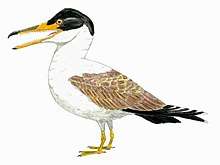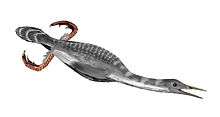Limenavis
Limenavis is a prehistoric bird genus from the Late Cretaceous. It lived about 70 million years ago, around the Campanian-Maastrichtian boundary. Known from several broken bones, the remains of the only known species Limenavis patagonica were found in rocks of the "lower member" of the Allen Formation at Salitral Moreno, 20 km south of General Roca, Río Negro (Argentina).[1]
| Limenavis | |
|---|---|
| Scientific classification | |
| Kingdom: | Animalia |
| Phylum: | Chordata |
| Clade: | Dinosauria |
| Clade: | Saurischia |
| Clade: | Theropoda |
| Clade: | Ornithuromorpha |
| Clade: | Ornithurae |
| Genus: | †Limenavis Clarke & Chiappe, 2001 |
| Species: | †L. patagonica |
| Binomial name | |
| †Limenavis patagonica Clarke & Chiappe, 2001 | |
Of all the prehistoric birds known to date, this species is among those closest to the common ancestor of all living birds. Its generic name pays tribute to this fact: Limenavis, meaning "bird of the threshold" or "limit-bird", is derived from Latin limen ("threshold") + avis ("bird"). The specific name patagonica refers to the specimen's Patagonian provenance.
Classification
The relationship of Limenavis to other Mesozoic birds has been difficult to determine. Analyses published in 2001 and 2002 by Julia Clarke and Luis Chiappe found Limenavis to be a carinate bird more advanced than Ichthyornis but not a member of the modern bird group Neornithes.[2][3] A 2013 analysis by O'Connor and colleagues found it to be slightly more primitive than Ichthyornis.[4]
It has been suggested that some features link it with paleognath birds, perhaps related to the ancestors of tinamous or rheas.[5] Though such birds must have existed by that time already, and most likely at least tinamou ancestors (basal Tinamiformes) did live in South America by the Late Cretaceous, tinamous proper (Tinamidae) are only known with certainty since the Miocene.[6]
References
- LEONA LEONARD, GARETH J. DYKE,1, AND MARCEL VAN TUINEN (2005)A New Specimen of the Fossil Lithornis from the Lower Eocene. American Museum Novitates. Number 3491, 11 pp., 4 figures AMERICAN MUSEUM OF NATURAL HISTORYCENTRAL PARK WEST AT 79TH STREET, NEW YORK, NY 10024
- Clarke and Chiappe, 2001. A new carinate bird from the Late Cretaceous of Patagonia (Argentina). American Museum Novitates. 3323, 1-23.
- Clarke, 2002. The morphology and systematic position of Ichthyornis Marsh and the phylogenetic relationships of basal Ornithurae. Ph.D. dissertation, Yale University, New Haven, CT. 532 pp.
- O’Connor, J. K.; Zhang, Y.; Chiappe, L. M.; Meng, Q.; Quanguo, L.; Di, L. (2013). "A new enantiornithine from the Yixian Formation with the first recognized avian enamel specialization". Journal of Vertebrate Paleontology. 33: 1. doi:10.1080/02724634.2012.719176.
- Leonard, L. Dyke, G.J. & Van Tuinen, M. (2005) A new specimen of the fossil palaeognath Lithornis from the Lower Eocene of Denmark. 491. American Museum Novitates. pp. 1–11.
- Bertelli, S. and Chiappe, L. (2005). Earliest tinamous (Aves: Palaeognathae) from the Miocene of Argentina and their phylogenetic position. Contributions in Science NHM LA, 502: 1-20.
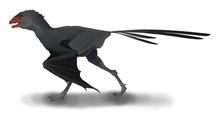

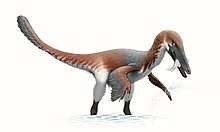
.png)



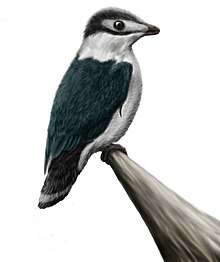

.png)

